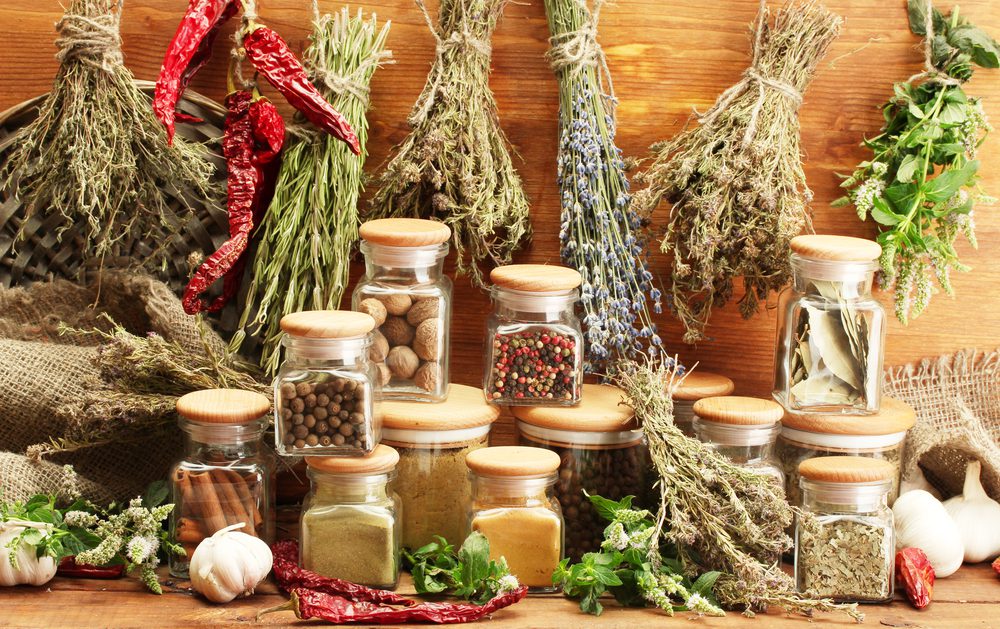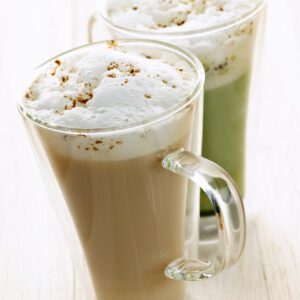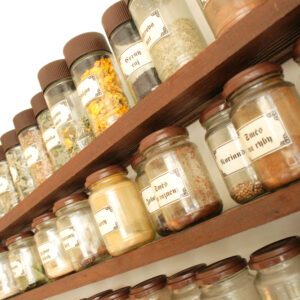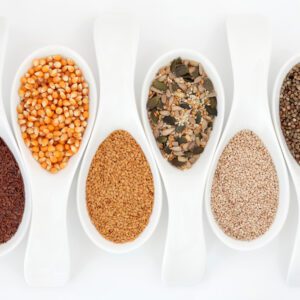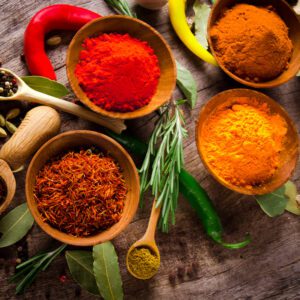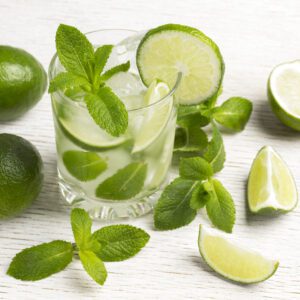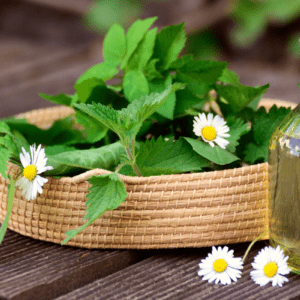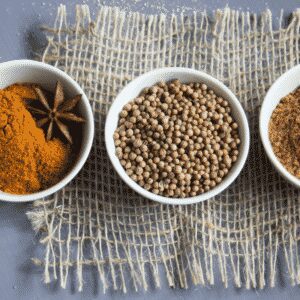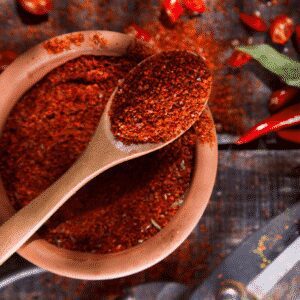Spices vs. Herbs: What’s the difference?
Spices vs. herbs appear to be a heated argument among spicy food and natural remedy enthusiasts. Both spices and herbs have always existed and sometimes are two sides of a coin. For instance, there is an overlap between coriander and cilantro, even though they come from the same plant.
However, there seems to be a slight difference between both plant products even though they appear the same. This blog post will go over everything you need to know about the age-long spices vs. herbs debate and how to tell the difference. Spices vs. herbs appear to be a heated argument among spicy food and natural remedy enthusiasts.Keep reading to learn more!
What are spices?
Spices are dried products of plants and plant parts for their flavor. They can be plant roots, stems, fruits, or buds. However, the primary defining factor of what makes a spice is that it is of plant origin, dried, and does not include the plant leaves. When you have plant leaves, you are working with herbs.
Spices add flavor to food and serve as seasoning and preservatives. They are also excellent home remedies for several ailments like cold and flu, pains, inflammation, digestive disorders, etc. Essentially, all dried plant parts, excluding the leaves, are spices.
Examples of Spices and their corresponding parts:
- Cinnamon from the tree bark
- Cardamom from the seed pod
- Allspice from dried berries
- Cloves from dried flower buds
- Turmeric from roots
- Chamomile from flowers
- Cumin from seeds
- Coriander from the dried plant seeds, etc.
What are herbs?
Herbs refer to the leafy parts of plants, whether dried or fresh. Herbs also refer to shrubs or smaller plants that do not produce hard stems. People grow herbs for their flavor and medicinal properties. Also, herbs are plants with fragrant and aromatic properties. It is important to note that not all herbs have the same leaf structure.
Some leaves can be broad, while others can be needlelike like the evergreen plants. Essentially, fresh herbs possess light flavors compared to their dried counterparts and should be added towards the end of your cooking.
Examples of herbs you should know
Notable herbs to know include but are not limited to the following:
- Basil
- Parsley
- Rosemary
- Thyme
- Sunflower
- Lemongrass
- Rose
- Cilantro
The primary similarities between herbs and spices are that they come from plants.
Spices vs. herbs: how to tell the difference? 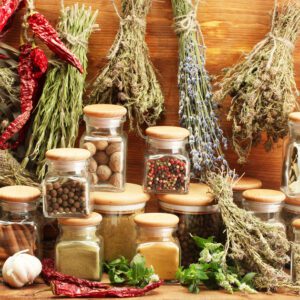
The primary difference between herbs and spices is the plant part they come from. While herbs are the green leafy parts of plants, all other plant parts are spices. The dried bark of plants, berries, seeds, twigs, and other seasonable parts of the plant make up spices. Interestingly, one plant can produce both a herb and spice at once.
The Coriandrum sativum plant, for example, gives rise to the herb, cilantro from its leaves, and the spice coriander from its dried seeds. Furthermore, spices are better used in their dried forms, while herbs are either fresh or dried.
Wrapping up
Plants provide the first description for the spices vs. herbs argument. However, while herbs include the plant leaves, which can be fresh or dried, spices involve other plant parts. More importantly, the fundamental quality of spices is their dried nature. However, it would be best to be careful when using spices, as they begin to lose flavor in their ground state.

